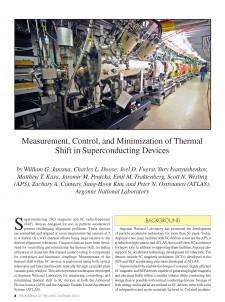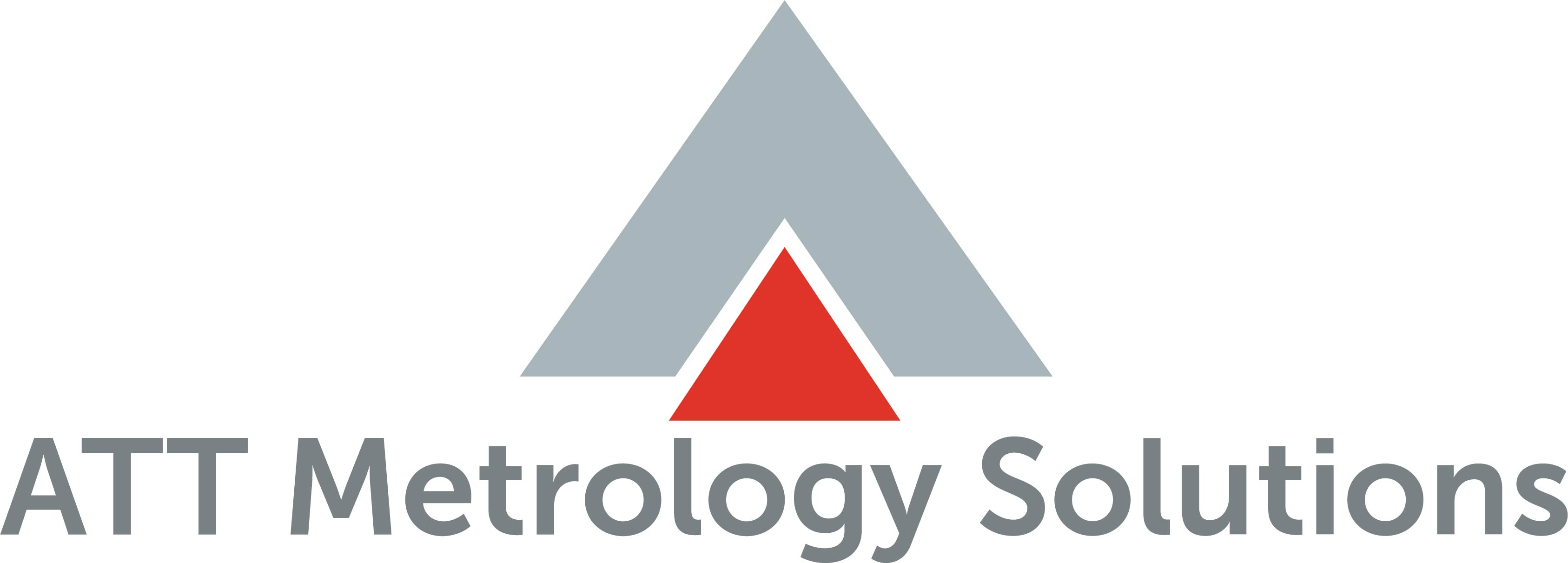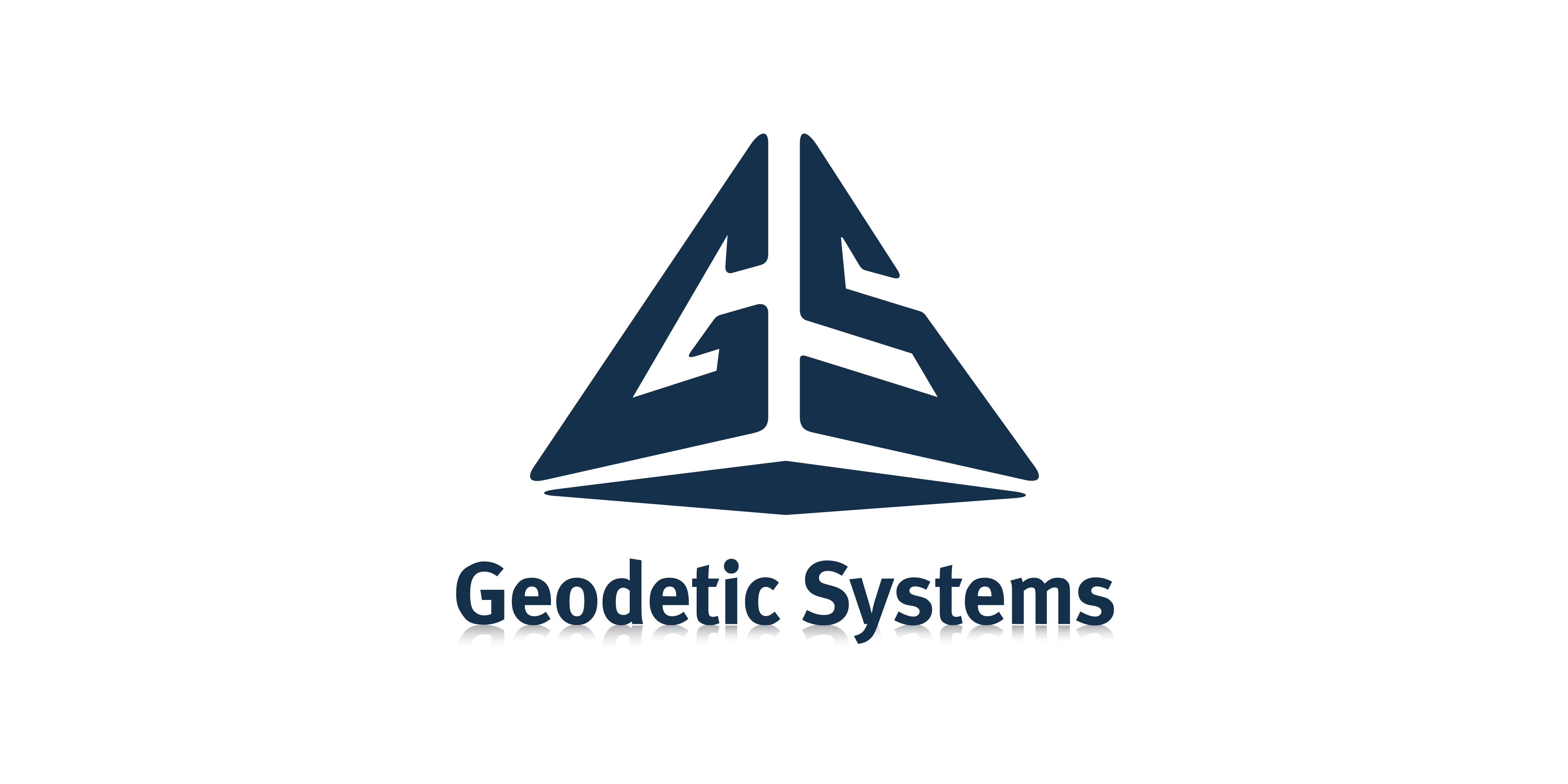
|
Download Members: $0.00 Non‑Members: $75.00 |
Buy Now |
Publication Details
| Published Date: | |
|---|---|
| Authors: | William G. Jansma, Charles L. Doose, Joel D. Fuerst, Yury Ivanyushenkov, Matthew T. Kasa, Jaromir M. Penicka, Emil M. Traktenberg, Scott N. Wesling, Zachary A. Conway, Sang-Hoon Kim, Peter N. Ostroumov |
| Company: | CMSC |
| Print Format: | Technical Paper |
| Citation: | William G. Jansma, Charles L. Doose, Joel D. Fuerst, Yury Ivanyushenkov, Matthew T. Kasa, Jaromir M. Penicka, Emil M. Traktenberg, Scott N. Wesling, Zachary A. Conway, Sang-Hoon Kim, Peter N. Ostroumov, "Measurement, Control and Minimization of Thermal Sh |
Abstract
Superconducting (SC) magnetic and SC radiofrequency (SRF) devices designed for use in particle accelerators present challenging alignment problems. These devices are assembled and aligned at room temperature but operate at 2 Kelvin (K) to 4 Kelvin (K), with thermal offsets being large relative to the desired alignment tolerances. Unique solutions have been developed for controlling and minimizing the thermal shift, including utilization of materials that expand under cooling to compensate for contraction and kinematic couplings. Measurement of the thermal shift within SC devices is performed using both optical telescopes and laser instruments, typically through a parallel plate vacuum glass window. This article presents techniques developed at Argonne National Laboratory for measuring, controlling, and minimizing thermal shift in SC devices at both the Advanced Photon Source (APS) and the Argonne Tandem Linear Accelerator System (ATLAS).





